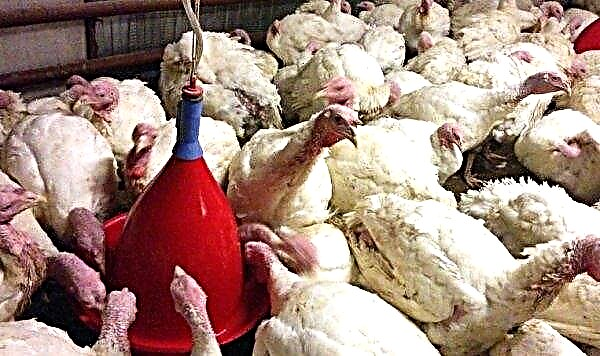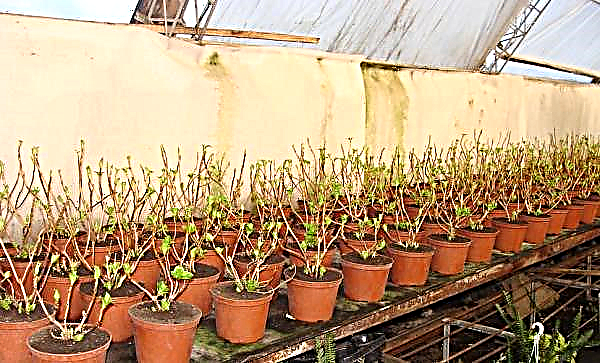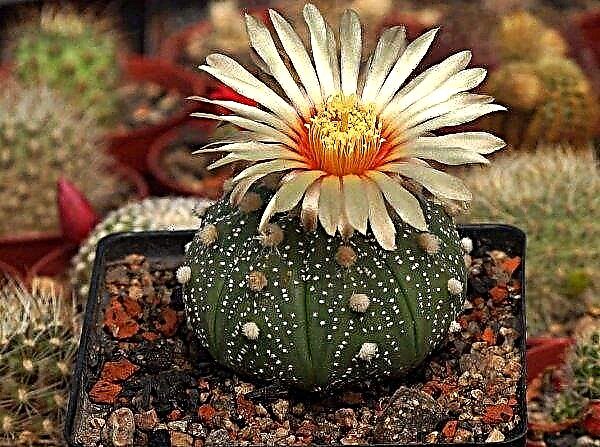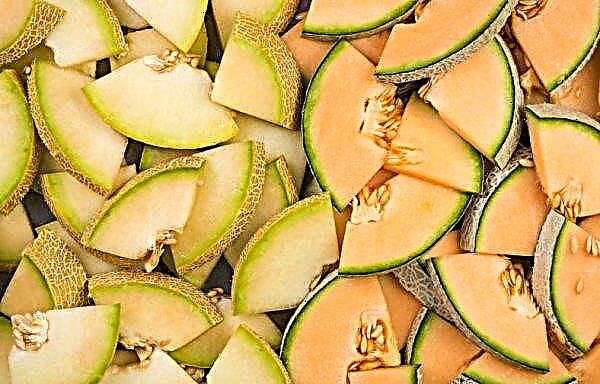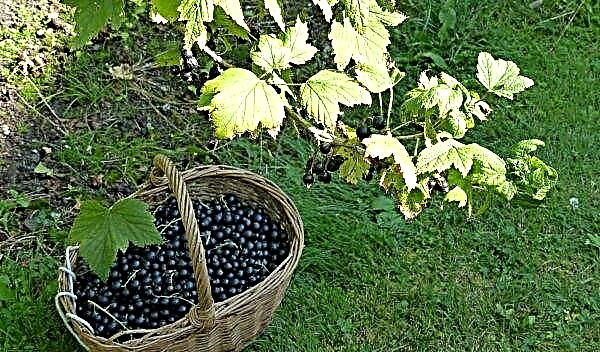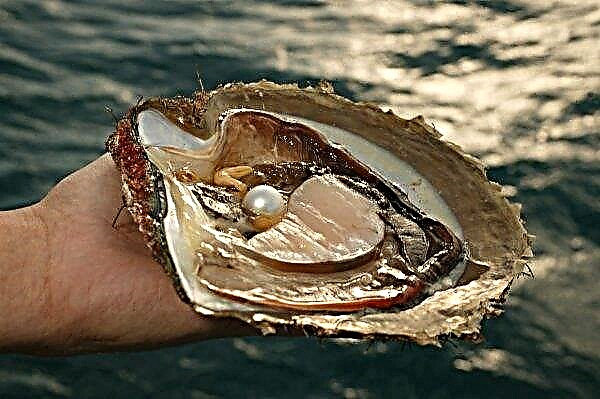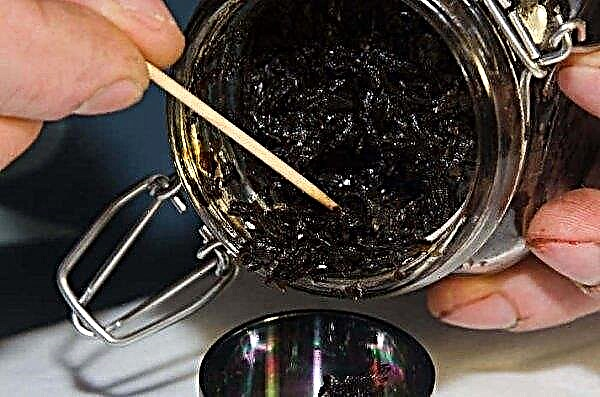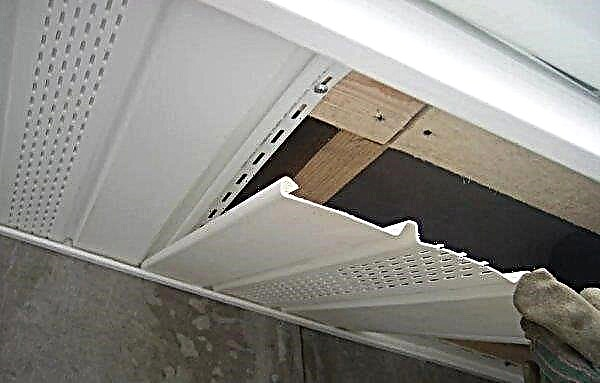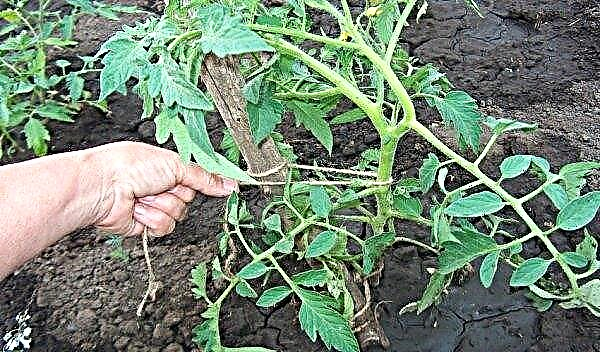To date, the varieties of cucumbers obtained through selection work are resistant to disease, adapted to the modern climate and show good yields. Granddaughter is one of these varieties. Read more about its features and agricultural technology in the review.
Characterization and description of the variety
The granddaughter of F1 was created by a team of entrepreneurs led by M. G. Kudryavtsev and E. I. Golovatskaya. He successfully passed the variety tests and was registered in the State Register in 2009. Zoned for use in Central Russia, including the East Siberian region. The variety is intended for open ground. Sometimes people call him Grandmother’s granddaughter. It is considered universal, has excellent taste characteristics and can be used both fresh and in homemade products.
The variety is intended for open ground. Sometimes people call him Grandmother’s granddaughter. It is considered universal, has excellent taste characteristics and can be used both fresh and in homemade products.
Did you know? In Russia, in the city of Nizhyn, a monument was erected to a cucumber.
Variety characteristic:
- basic: early ripe, lettuce, self-pollinating (parthenocarpic) cucumber hybrid of the first generation with good fruiting;
- maturation: 38–40 days after emergence;
- yield potential: 374-469 kg / ha;
- disease resistance: high to powdery mildew, downy mildew, root rot.

The appearance of the bush
Cucumbers are liana-forming plants. Their stems are equipped with antennae, with which they can cling and curl along the support. Flowers form in the internodes of the stem. Variety Granddaughter - the owner of the flowers of the female type, as well as five-lobed leaves.
Plant characteristics:
- bush: medium-branched, with strong lashes, mid-growth, indeterminate;
- flowers: yellow, beam type;
- leaves: dark green, medium size;
- fetus: oval-cylindrical, small, finely tuberous, with dense pubescence;
- fetal weight: 69–80 g;
- Colour: bright green, spotted at the base, with pale stripes on the edges;
- pulp: bitterness, greenish, crispy, aromatic.
 The variety is characterized by prolonged fruiting. If the greens are overgrown, then their skin becomes tougher, so they are recommended to be collected as they mature. The output of marketable products of the described variety is estimated at 80–98%.
The variety is characterized by prolonged fruiting. If the greens are overgrown, then their skin becomes tougher, so they are recommended to be collected as they mature. The output of marketable products of the described variety is estimated at 80–98%.The taste of cucumbers
The granddaughter's fruits are represented by dark green greens with a thin skin and small pimples. You can eat them together with the peel and seeds, this does not spoil the taste. The pulp is sweetish, without bitterness.
Productivity
The yield of the variety is standard - 374–469 kg / ha. The originator indicates that it is higher than the Altai and Crane F1 varieties.
Did you know? Wild cucumbers are long. All modern gherkins are artificially obtained varieties: reaching a certain size, they begin to grow in thickness, instead of length.
The timing of flowering and fruit ripening
The fruits ripen on 38–40 days after emergence. The variety belongs to the early. Since cucumbers are thermophilic, they are planted in the ground in May. Accordingly, you can start harvesting in June and continue to do so until the vines dry. Ripe cucumbers reach a size of 10 cm, have a pronounced cucumber smell.
Advantages and disadvantages
- The advantages of the variety are:
- simultaneous fruiting;
- stable yield;
- lack of need for pollinators;
- good marketability;
- the taste is soft, without bitterness;
- disease resistance;
- the possibility of growing in open ground;
- resistance to adverse climate.
Modern varieties are distinguished by a stable yield, as well as resistance to disease. The variety successfully resists not only rot, but also fungal diseases. It is characterized by a long fruiting period. Deficiencies of the variety are not marked. But we should not forget that the Granddaughter is a hybrid, so the seeds are not collected from him, but are acquired anew annually.
Planting and growing
Cucumbers are sown in open ground 1-2 weeks after the last spring frost. The second batch of seeds can be sown a month after the first. In regions with cool summers, planting begins with growing seedlings 3 weeks before planting in the ground.
At a temperature of + 20 ° С and humidity of 60–70%, cucumbers will sprout on 3-5 days. For planting in the soil, choose a sunny area with fertile and well-drained soil with a pH of 6.0 to 6.5. Plants are planted in hills located at a distance of 1.5–2 m from each other. The scheme of planting cucumbers.
The scheme of planting cucumbers.
For landing you will need:
- remove all stones, sticks or other debris from the site;
- dig a plot;
- mix soil with a bucket of humus or other organic fertilizers;
- water the soil before planting seeds or seedlings.
Growing cucumbers in a greenhouse is quite simple - they will need frequent watering. Sow seeds from April to May. Dig the soil and disinfect it, treating it with boiling water and a solution of copper sulfate 7%. Be sure to make organic fertilizers.
Important! Seeds are always stored at room temperature and not more than 2 years. In other situations, they begin to lose germination.
Plants will need a vertical or horizontal trellis to shape the bush. When the seedlings reach the maximum height of the trellis, pinch the apical bud to begin branching the vines: in this way, you can slightly increase the yield of the vines. The formation of the cucumber.
The formation of the cucumber.
Care Features
Varieties with pimples are not only designed for open ground, but also better tolerate adverse weather conditions, including changes in temperature conditions. But you can also grow them in greenhouses.
Among the main activities for the maintenance of beds:
- watering;
- spraying from diseases and pests;
- fertilizer application;
- loosening the soil and removing weeds.
Fertilizer frequency
After the plants bloomed, they need to be fertilized. It is useful to apply a balanced fertilizer in which nitrogen, phosphorus and potassium are taken in equal proportions - for example, 10:10:10 or 12:12:12. Numbers indicate the percentage of the substance in the mixture. Nitrogen is needed to enhance vegetation and plant growth. Potassium provides an intercellular exchange. And phosphorus is needed for the formation of roots, as well as the formation of ovaries. In total, 60 kg of fertilizer per 30 m² of area will be needed. Granules can be scattered on the ground or to prepare an aqueous solution with which plants are watered. A month after fertilizing, it is useful to repeat top dressing.
Potassium provides an intercellular exchange. And phosphorus is needed for the formation of roots, as well as the formation of ovaries. In total, 60 kg of fertilizer per 30 m² of area will be needed. Granules can be scattered on the ground or to prepare an aqueous solution with which plants are watered. A month after fertilizing, it is useful to repeat top dressing.
Garter and bush formation
When the length of the vine reaches 0.5 m, they begin forming the bush. The stalk can be wrapped around a support. Lateral shoots (stepsons) are removed so as not to interfere with the formation of fruits: the treatment starts from the bottom and moves to the top of the plant. Be sure to also remove damaged leaves. Pruning is carried out by a garden pruner. Step angle of stepchildren - 45 °. As new shoots develop, their pruning is repeated.
Important! If irrigation is irregular, then bitterness appears in the cucumbers, and this does not depend on the variety.
Estimated cropping plan:
- the vine is visually divided into 4 parts;
- in the lower part, all leaves and side shoots are removed to prevent the spread of fungal infections from the soil through the leaves;
- then leave 1 sheet on each shoot;
- in the next part - 2 sheets and 2 ovaries;
- then leave 3 sheets and 3 ovaries.
Do not cut the vines too hard, otherwise the plants will lose their color and you will be left without a crop. Garter scheme for cucumbers.
Garter scheme for cucumbers.
Soil care
After each watering, the soil must be loosened. This reduces the density of the soil and creates the conditions for optimal development of the root system. Cultivation is combined with the removal of weeds: they are competitors for cucumbers in the struggle for nutrients and moisture. Since cucumbers are hygrophilous, the root zone is covered with mulch - it can be sawdust, wood chips, straw, pebbles, and other materials.
The goals of mulching:
- protect moisture from evaporation;
- eliminate weed growth;
- contribute to the preservation of loose soil.
Prevention and control of diseases and pests
To protect cucumbers from insect pests, use film cover, which is removed only at the time of flowering (so insects are able to pollinate flowers). Pests can be controlled using special traps: they are equipped with a sticky layer and smell like pheromones, attracting males. Thus, pests are intercepted before they have time to harm the plantation. Currently, there are more than a hundred different pheromones that have been created specifically to effectively combat specific types of insects - pests. The variety is resistant to major fungal diseases. But for prevention, plants are treated with a 1% solution of Bordeaux fluid before flowering. The active substance of the solution is copper ions. They create a special protective layer on plant tissues, which neutralizes pathogenic microflora. If the weather is dry, then re-processing is not necessary. But if it rains, then spraying with Bordeaux fluid must be carried out again.
Currently, there are more than a hundred different pheromones that have been created specifically to effectively combat specific types of insects - pests. The variety is resistant to major fungal diseases. But for prevention, plants are treated with a 1% solution of Bordeaux fluid before flowering. The active substance of the solution is copper ions. They create a special protective layer on plant tissues, which neutralizes pathogenic microflora. If the weather is dry, then re-processing is not necessary. But if it rains, then spraying with Bordeaux fluid must be carried out again.
Did you know? If your plantations are attacked by pests — fold a few slices of cucumber into an aluminum mold. Entering a chemical reaction, it emits a smell, qualitatively repellent pests from cropsbut which people do not perceive.
Harvesting and storage
Cucumber plants regulate the number of fruits hanging on the vine. To stimulate fruiting, harvest part of the crop daily. Harvesting begins 38–40 days after emergence. Use a pruner to cut cucumbers. The Granddaughter variety is distinguished by good productivity, unpretentiousness and the ability to grow in any climatic conditions. Put the acquired knowledge into practice, and plants will certainly show good yield.
The Granddaughter variety is distinguished by good productivity, unpretentiousness and the ability to grow in any climatic conditions. Put the acquired knowledge into practice, and plants will certainly show good yield.

